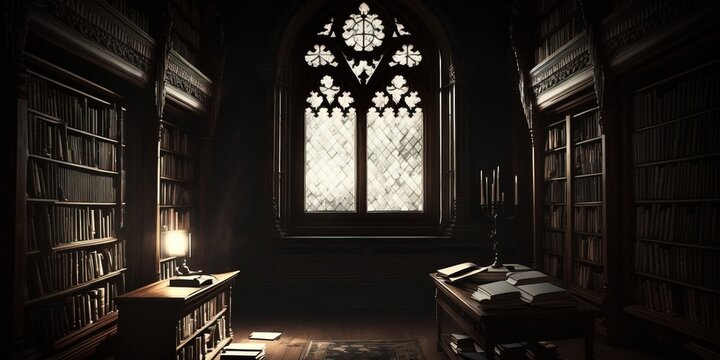
FAQ About Gothic Literature
Gothic Literature
2 years ago | gizem
How does Gothic Literature explore the idea of the "uncanny"?
Gothic Literature often explores the idea of the "uncanny" as a central theme, contributing to the genre's atmosphere of mystery, fear, and psychological unease. The term "uncanny" refers to something that is strange, eerie, or unsettling because it is both familiar and unfamiliar at the same time. Here's how Gothic Literature delves into the uncanny:
- Familiar but Strange Settings: Gothic stories often take place in seemingly familiar settings such as old mansions, castles, or remote landscapes. However, these settings are portrayed in a way that makes them appear eerie and unsettling, blurring the line between the known and unknown.
- Characters with Dual Identities: Many Gothic characters have dual identities or hidden pasts that are gradually revealed. This doubling of identities creates an uncanny sense of characters being both themselves and someone else simultaneously.
- Encounters with the Supernatural: The appearance of supernatural entities, such as ghosts or revenants, embodies the uncanny. These beings often have characteristics that are both human and otherworldly, creating a sense of unease.
- Objects with Hidden Significance: In Gothic literature, ordinary objects or artifacts often take on a sinister or mysterious quality. These objects may have hidden meanings or connections to the past that are gradually uncovered.
- Doppelgängers and Mirrors: The appearance of doppelgängers (double selves) or the use of mirrors are common in Gothic stories. These elements highlight the uncanny idea that one's reflection or duplicate can exist independently or possess a separate identity.
- Psychological Tension: The psychological horror aspect of the uncanny is explored through characters' inner conflicts, repressed memories, and moments of madness. The boundary between sanity and insanity becomes blurred.
- Repetition and Replication: Repetition of events, patterns, or themes can create an uncanny feeling. It suggests that history is repeating itself or that characters are trapped in a never-ending cycle of events.
- Inanimate Objects Coming to Life: In some Gothic tales, inanimate objects or dolls may come to life, behaving in ways that defy the natural order. This animated lifelessness adds to the sense of the uncanny.
- Dreams and Nightmares: Dreams and nightmares play a significant role in many Gothic stories. Characters may have prophetic dreams or experience surreal and unsettling dreamscapes that challenge their sense of reality.
- Ambiguity and Uncertainty: The use of ambiguity and the withholding of information contribute to the uncanny atmosphere. Readers are often left questioning the reality of events and the reliability of the narrator.
- The Domestic Becoming Strange: Gothic literature sometimes takes the domestic, everyday aspects of life, such as a family home, and transforms them into sources of unease and strangeness.
